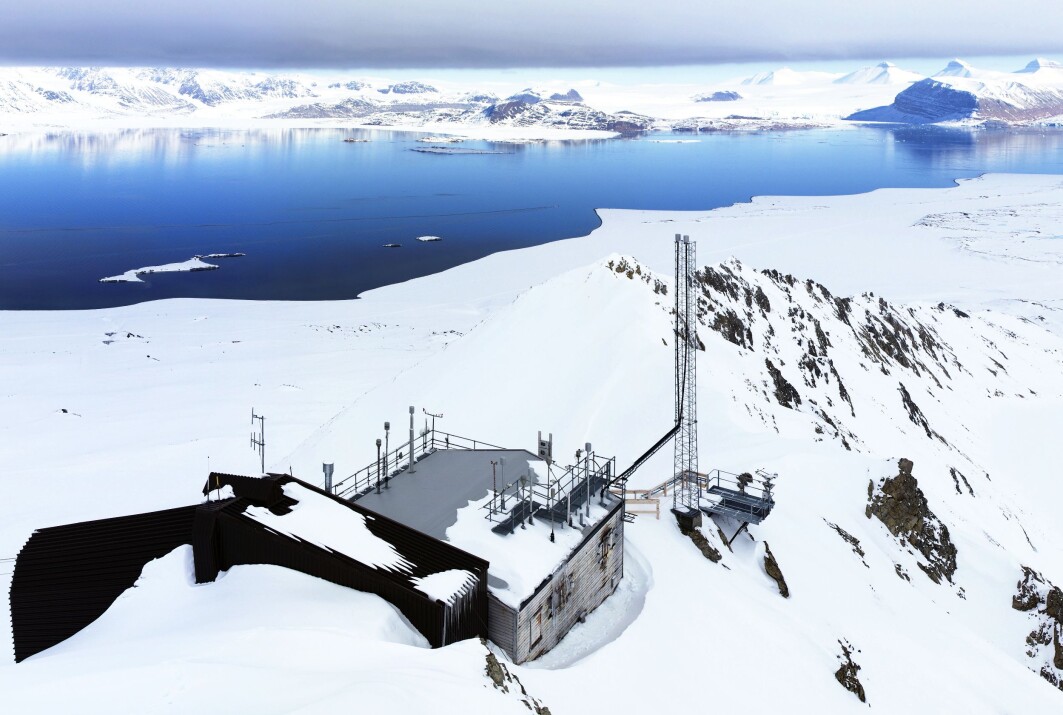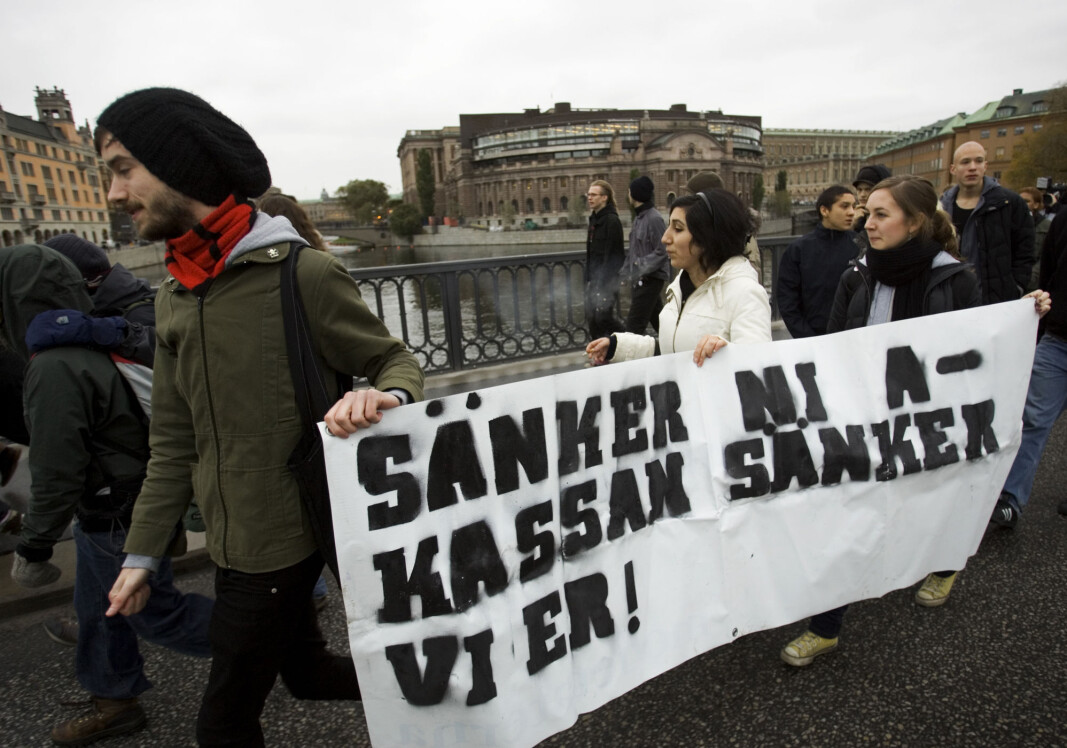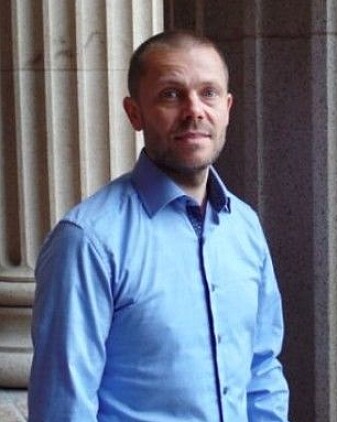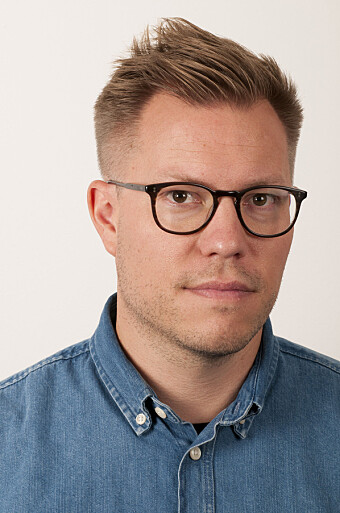Testing half the population weekly with inexpensive, rapid-turnaround COVID-19 tests would drive the virus toward elimination within weeks-- even if those tests are significantly less sensitive than gold-standard clinical tests, according to a new study published today by University of Colorado Boulder and Harvard University researchers.
Such a strategy could lead to "personalized stay-at-home orders" without shutting down restaurants, bars, retail stores and schools, the authors said.
"Our big picture finding is that, when it comes to public health, it's better to have a less sensitive test with results today than a more sensitive one with results tomorrow," said lead author Daniel Larremore, an assistant professor of computer science at CU Boulder. "Rather than telling everyone to stay home so you can be sure that one person who is sick doesn't spread it, we could give only the contagious people stay-at-home orders so everyone else can go about their lives."
For the study, published in the journal Science Advances, Larremore teamed up with collaborators at CU's BioFrontiers Institute and the Harvard T.H. Chan School of Public Health to explore whether test sensitivity, frequency, or turnaround time is most important to curb the spread of COVID-19.
The researchers scoured available literature on how viral load climbs and falls inside the body during infection, when people tend to experience symptoms, and when they become contagious.
They then used mathematical modeling to forecast the impact of screening with different kinds of tests on three hypothetical scenarios: in 10,000 individuals; in a university-type setting of 20,000 people; and in a city of 8.4 million.
When it came to curbing spread, they found that frequency and turnaround time are much more important than test sensitivity.
For instance, in one scenario in a large city, widespread twice-weekly testing with a rapid but less sensitive test reduced the degree of infectiousness, or R0 ("R naught"), of the virus by 80%. But twice-weekly testing with a more sensitive PCR (polymerase chain reaction) test, which takes up to 48 hours to return results, reduced infectiousness by only 58%. When the amount of testing was the same, the rapid test always reduced infectiousness better than the slower, more sensitive PCR test.
That's because about two-thirds of infected people have no symptoms and as they await their results, they continue to spread the virus.
"This paper is one of the first to show we should worry less about test sensitivity and, when it comes to public health, prioritize frequency and turnaround," said senior co-author Roy Parker, director of the BioFrontiers Institute and a Howard Hughes Medical Institute investigator.
The study also demonstrates the power of frequent testing in shortening the pandemic and saving lives.
In one scenario, in which 4% of individuals in a city were already infected, rapid testing three out of four people every three days reduced the number ultimately infected by 88% and was "sufficient to drive the epidemic toward extinction within six weeks."
The study comes as companies and academic research centers are developing low-cost, rapid turnaround tests that could be deployed in large public settings or commercialized for do-it-yourself use.
Sensitivity levels vary widely. Antigen tests require a relatively high viral load - about 1,000 times as much virus compared to the PCR test -- to detect an infection. Another test, known as RT-lamp (reverse transcription loop-mediated isothermal amplification), can detect the virus at around 100 times as much virus compared to the PCR. The benchmark PCR test requires as little as 5,000 to 10,000 viral RNA copies per milliliter of sample, meaning it can catch the virus very early or very late.
In the past, federal regulators and the public have been reluctant to embrace rapid tests out of concern that they may miss cases early in infection. But, in reality, an infected person can go from 5,000 particles to 1 million viral RNA copies in 18 to 24 hours, said Parker.
"There is a very short window, early in infection, in which the PCR will detect the virus but something like an antigen or LAMP test won't," Parker said.
And during that time, the person often isn't contagious, he said.
"These rapid tests are contagiousness tests," said senior co-author Dr. Michael Mina, an assistant professor of epidemiology at the Harvard T.H. Chan School of Public Health. "They are extremely effective in detecting COVID-19 when people are contagious."
They are also affordable, he added. The rapid tests can cost as little as $1 each and return results in 15 minutes. Some PCR tests can take several days.
Mina envisions a day when the government sends simple, cheap DIY tests to every home. Even if half of Americans tested themselves weekly and self-isolated if positive, the result would be profound, he said.
"Within a few weeks we could see this outbreak going from huge numbers of cases to very manageable levels," Mina said.
Rapid testing could also be the key to breathing life back into former super spreader threats like football stadiums, concert venues and airports, with patrons testing themselves on the way in and still wearing masks as a precautionary measure, Larremore said.
"Less than .1% of the current cost of this virus would enable frequent testing for the whole of the U.S. population for a year," said Mina, referencing a recent Harvard economic analysis.
The authors say they are heartened to see that several countries have already begun testing all of their citizens, and hopeful that the new U.S. administration has named rapid testing as a priority.
"It's time to shift the mentality around testing from thinking of a COVID test as something you get when you think you are sick to thinking of it as a vital tool to break transmission chains and keep the economy open," Larremore said.
###
For COVID-19 Surveillance, Test Frequency and Turnaround Time Are Paramount, Modeling Suggests Speed of test results and frequency of testing are paramount for effective COVID-19 surveillance, suggests a new study that modeled trade-offs in test sensitivity, test frequency, and sample-to-answer reporting time, in select scenarios. Test sensitivity is secondary to these factors in the scenarios studied, the authors say. "If the availability of point-of-care or self-administered screening tests leads to faster turnaround time or more frequent testing, our results suggest that they would have high epidemiological value," Daniel Larremore and colleagues write. Because SARS-CoV-2 can spread from individuals with pre-symptomatic, symptomatic, and asymptomatic infections, diagnosis and isolation based on symptoms alone won't prevent spread. Rather, robust population screening, for which virus testing is often central, will be critical. However, related surveillance testing programs must make concrete choices, including: What are the tradeoffs between cost, frequency, test sensitivity, and the speed with which diagnoses can be returned? To evaluate this, Larremore and colleagues modeled how changing viral load (different levels of infectiousness) impacted the ability of an assay, or test, to diagnose infection. They calculated what percentage of these people's total infectiousness would be removed by screening and isolation, using different testing approaches. They also evaluated the impact of surveillance at the population level using two epidemiological models that incorporated viral load dynamics, one of which mimicked aspects of the contact structure of New York City. Across their analyses of individuals and populations, the inclusion of viral load in surveillance modeling revealed that the limits in detection abilities of tests mattered less than previously thought, the authors say. But delays in returning diagnoses were highly impactful, with even one-day delays between sample and answer undercutting otherwise impactful surveillance plans. As well, the frequency of surveillance testing plays a crucial role, the authors say. They note that communities vary in their transmission dynamics, so specific strategies for successful population screening will depend on the current community infection prevalence and transmission rate in a given location. They also identify other limitations in their study. Still, they say their findings could aid some groups planning societal reopening, refocusing their efforts on rapid turnaround times instead of highly sensitive tests. They may also inform regulatory agencies and test manufacturers about the importance of developing and approving such tests, optimized for surveillance (as opposed to clinical diagnosis).








